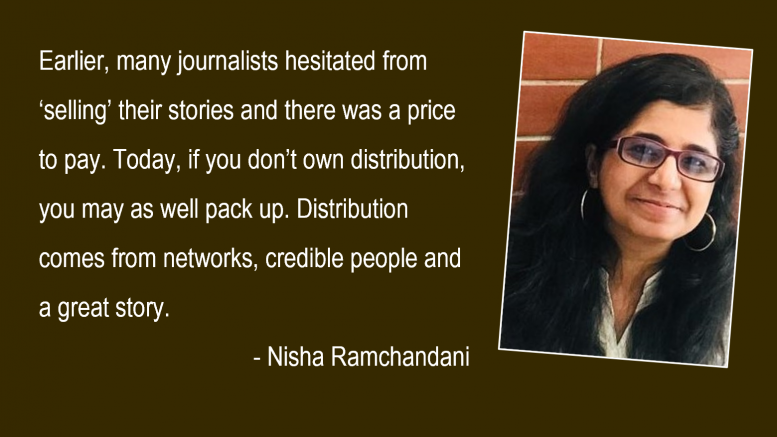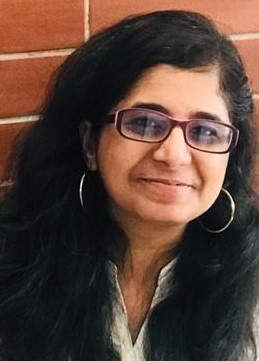Indians love stories. We live and breathe them everyday. We speak in parables, we breathe in fine tunes and we think in lyrics. According to this year’s FICCI-EY Media & Entertainment report (pdf) Indians spent more time than anyone else on the planet watching online sports and entertainment and listened to more music (in hours) than the global average in 2022. We continuously find new avenues to tell our stories and we seek even more avenues to consume these stories. However, we only have one rule. We will not pay for these stories (that is a story for another day), but my point starts exactly here.
Indians are looking for, what they call ‘escapism content’ and as per the same report, India released 165K hours of content in 2022, of this, television produced 158K hours across languages. 72% of this content was ‘escapist’ content and 3% was sports. In comparison, OTT channels produced 3000 hours of content. Escapism is the tendency to withdraw from the daily world into day dreams or entertainment. Escapism slowly gave birth to what is called binge-watching which was further popularised by OTTs. To sum up, we are happy when we are glued to a screen.
What does that have to do with brands?
Thinking deeply, as I did when I was writing this article, everything. This statistic helps me draw some context for you – in 2022, Comscore data indicates that online news had a reach of 473 million as compared to 538 million smartphones in India. By 2025, this number is expected to grow to 550 million. So, you see, whether it is TV or print, the reach of content is only growing (where both English and vernacular languages have their respective audience). On the other hand, print and TV ad budgets only grew by 13% and 2% respectively, with more demand for native content. It is here, I believe, that we as communicators have a role to play.
If 2021/22 was the year of influencer marketing (which is expected to grow from INR 12.75 billion to 24.57 billion in 2025) 2023 and beyond will be the time to create ‘content moats’ in-house by a brand. Let me give you a couple of examples (most of which you might be aware of) – Future by a16z, a leading U.S based venture capitalist firm, the legendary Flipkart Stories by Flipkart or Stripe Press the guide to building businesses by Stripe. While most of them are at least 3-4 years old (or more), what unites them is that they are not your usual company ‘blog’, but have editorials and teams of their own that put out data-led and research based stories that have something to do with the brand, but more to do with the macro context that the said brand operates in.
This makes them sit nicely, between marketing and reputation building in a corner office of their own; building stories after stories, for viewership, yes, but for reputation and credibility more.
How is that a moat, you ask?
42.5% of internet users (16 to 64 years in India) use search engines as a primary source of information when researching brands, while 31.4% of internet users in India use product or brand sites directly. What impacts a buying decision is not only when a brand is online, but also has content that influences the purchase decision (especially in e-commerce, but I can safely say in other industries as well). Content is no longer about enhancing or influencing the purchase decision, but creating credibility and personality for a brand so that it directly tugs emotions and talks to the heart rather than the mind. By creating an in-house editorially run media platform, a brand only stands to gain. Business-wise, as per the FICCI report, well written and placed content can go on to slash the marketing digital-ad budget and redirect it towards paid search (which means keywords, SEO and the like).
Further, if you are someone who is thinking of building a media property today, your biggest bet is to do so in the metaverse. More brands will try and leverage a first mover-advantage in this world and this will provide for exciting opportunities as the marketer + content creator will come together through the amalgamation of data and stories and could also potentially create new roles like the Chief Content Creator, Chief Data Officer or even Chief Metaverse Officer. This content will have to be more experiential and a combination of the virtual and the real. Think avatars, holograms, geo-tagging etc.
This content is expected to be consumed in cars, drones, AR and VR sets/ devices and more.
But, the proof lies in the pudding.
Let me also tell you this – you may be all set to launch that media platform, but great content is great only when you have built a distribution. Have no doubts that the media property you are building has to help your brand build a top-of-the-funnel. Without a strategy to do that, your pudding is definitely not set. Also, building a distribution is not about having a budget and promoting your content. Consumers can smell branded-content from afar. Your content, like I mentioned earlier, has to tug their heart. It has to make a point and have a personality. Remember this, you cannot rely on your company’s social media channels to build this distribution, but as a content lead, you will also have to become a ‘Chief Distribution Officer’.
This is what is the biggest differentiator of running a media property for a brand and a media house. Earlier, many journalists hesitated from ‘selling’ their stories and there was a price to pay. Today, if you don’t own distribution, you may as well pack up. Distribution comes from networks, credible people and a great story. How many people have shared your story, how many have written to you saying it made an impact on their lives, how many actually found out about your brand because of the story, how many trust you/ your brand because you are credible? That is where the world comes full circle. Full circle when your media property is finally THE distribution with better viewership than even the brand’s website.
If you want to use content as a moat, you better be prepared for the battle.
The views and opinions published here belong to the author and do not necessarily reflect the views and opinions of the publisher.



Be the first to comment on "Why is Content a Moat?"